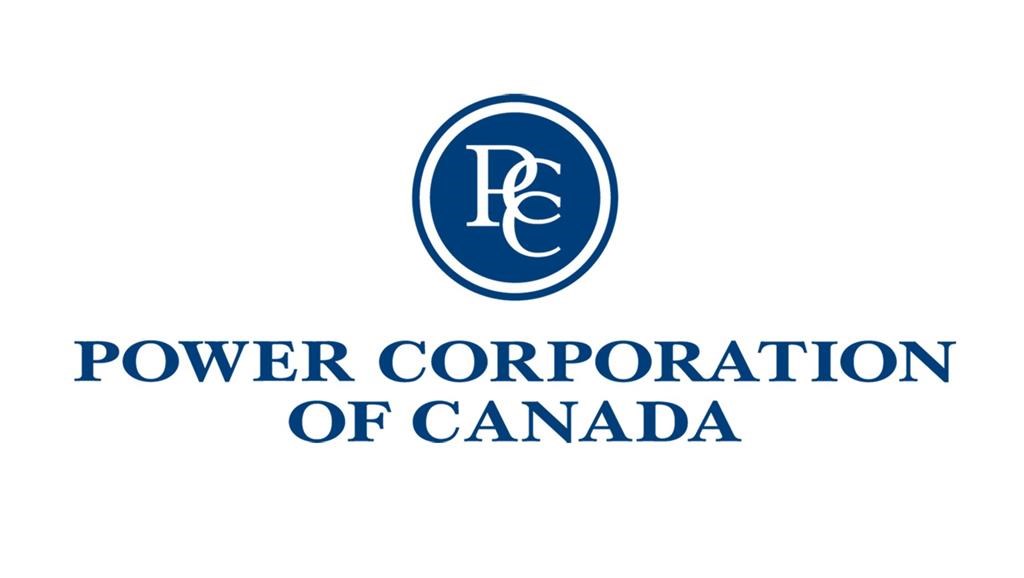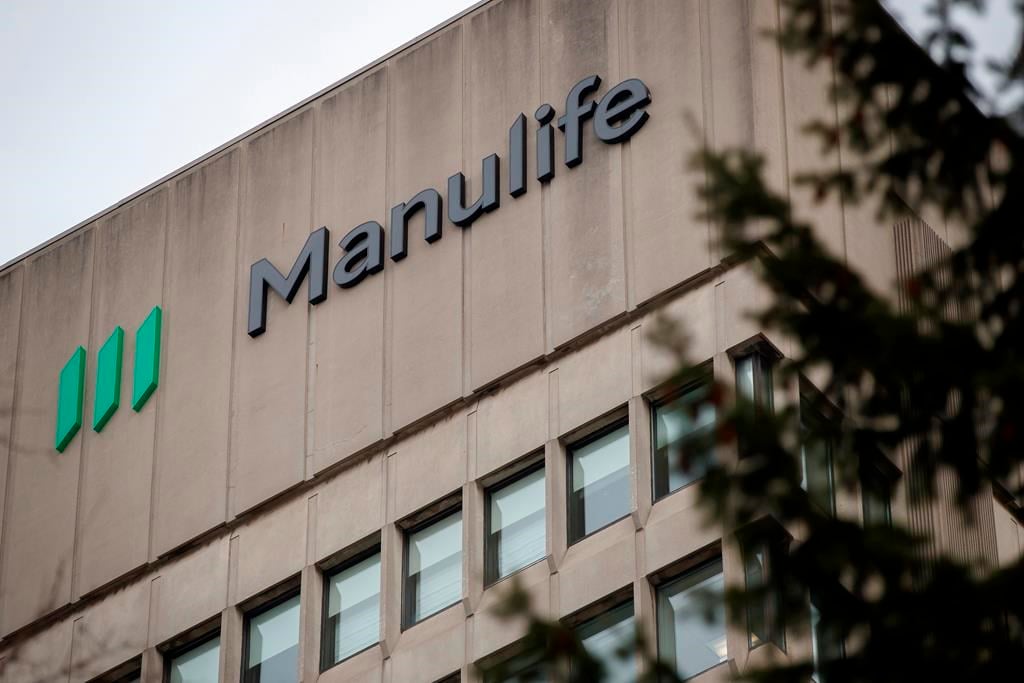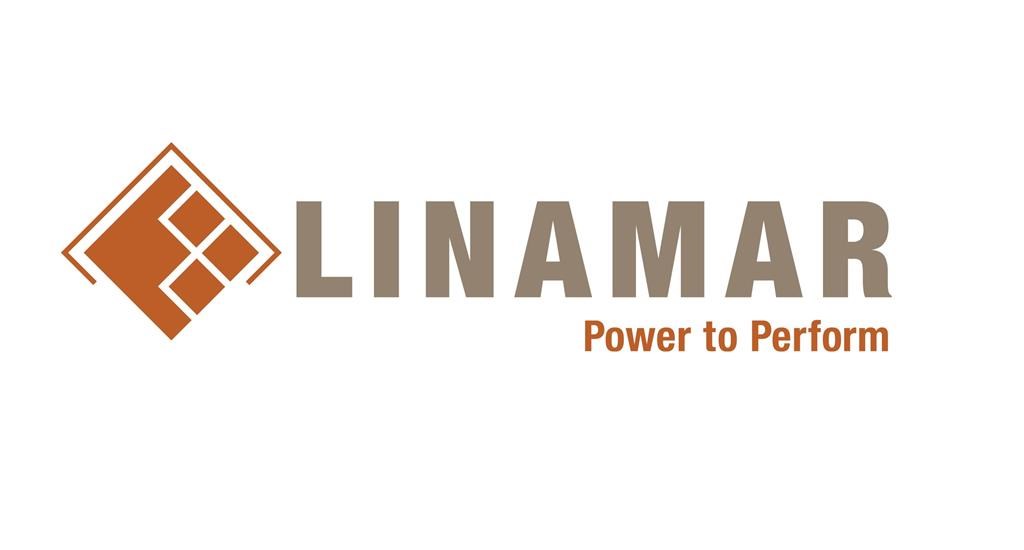
What happens in Canada if a bank fails?
Shutterstock / Shutterstock
There’s a common misconception out there that Canadian banks and financial institutions aren’t susceptible to failures like we’ve seen in the United States and around the world.
That’s simply NOT true.
In 1967, Parliament created the Canada Deposit Insurance Corporation (CDIC) and mandated it to provide deposit insurance in the event of a bank failure, thereby ensuring that Canadians wouldn’t lose all their savings if their bank went under. Since that year, over 40 CDIC member institutions (members include banks and credit unions, loan and trust companies) have failed. Luckily, CDIC was there to protect the over 2 million affected depositors, and not a single dollar under CDIC protection was lost.
While no CDIC member has failed in over 20 years, it could happen again, and CDIC is here to reassure you that, should the unlikely occur, depositors won’t lose their hard-earned savings. However, not all funds are protected by CDIC. CDIC protects eligible deposits at over 80 member institutions, up to a maximum of $100,000 per depositor and per insured category. Eligible deposits include things like savings accounts, chequing accounts, and term deposits of 5 years or less. These deposits must be payable in Canada and held in Canadian currency.
Insured categories are:
- Deposits in one name.
- Joint deposits.
- Deposits in trust (including RESPs).
- Deposits in TFSAs.
- Deposits in RRSPs.
- Deposits in RRIFs.
- Mortgage tax accounts.
Here’s a visual breakdown of how this works:
-1692798289.png)
CDIC does not cover other investments such as mutual funds, stocks or bonds, or GICs with terms greater than 5 years. Foreign currency accounts and digital currency, like bitcoin, are also not protected by CDIC.
It’s important to understand how CDIC coverage works in order to fully understand the risk in your portfolio. For example, if you have an RESP for your children, you may have mutual funds, cash deposits and GICs within that RESP. While the cash deposits and GICs (provided they have terms of 5 years or less) are eligible for CDIC protection, the mutual funds are not. There’s an excellent estimator on CDIC’s website to help you calculate which of your savings or investments are protected, and which are not.
Let’s break down one family’s finances, and how much of their money is covered by CDIC.
Chris has $22,000 in a chequing account, $100,000 in a 3-year GIC held within an RRSP, and $20,000 in mutual funds in the same RRSP. All but the mutual funds are protected, meaning $122,000 of Chris’s $142,000 is protected. Kelly has $100,000 in a 5-year GIC in an RRSP and $30,000 in cash in a TFSA. All of Kelly’s money is protected by CDIC. Together, Chris and Kelly have a joint account holding $100,000. Since joint accounts are protected separately from personal accounts, this full amount is protected. They also have $200,000 in trust for their 2 children. Trusts are protected for up to $100,000 per beneficiary. Since both of their kids are beneficiaries, the full $200,000 is protected. Chris and Kelly have a total of $552,000 that is protected by CDIC.
Another way to maximize your protection is by placing your savings in eligible deposits at different financial institutions. Accounts at Bank ABC are covered separately from those at Bank XYZ.
So why does CDIC matter?
Research has shown that when Canadians know about CDIC protection, they are 50% more likely to feel confident in the safety of their savings. This contributes to the overall stability of the Canadian financial system, and can ease some stress and worry when there are uncertainties in the economy. Currently, only 49% of Canadian adults are aware of CDIC, and the data is broken down further by demographic, we see that less than 30% of millennials in Canada (ages 25-34) have heard of CDIC.
CDIC is committed to raising public awareness of its program and mandate to help strengthen trust and ensure Canadians are informed and confident in their financial decisions and the financial system overall.

Kyle Trattner, our CEO, is a finance aficionado and a serial entrepreneur with a rich experience of over a decade in the digital publishing industry. As a self-proclaimed "finance nerd," Kyle's vision is to empower individuals with financial literacy, making Money.ca a trusted partner in their financial journey.
Disclaimer
The content provided on Money.ca is information to help users become financially literate. It is neither tax nor legal advice, is not intended to be relied upon as a forecast, research or investment advice, and is not a recommendation, offer or solicitation to buy or sell any securities or to adopt any investment strategy. Tax, investment and all other decisions should be made, as appropriate, only with guidance from a qualified professional. We make no representation or warranty of any kind, either express or implied, with respect to the data provided, the timeliness thereof, the results to be obtained by the use thereof or any other matter.




